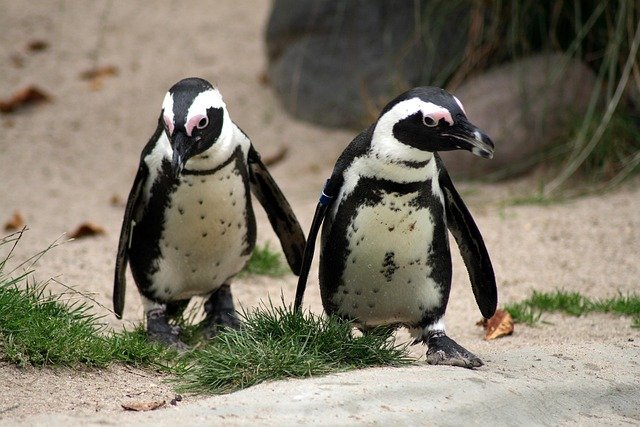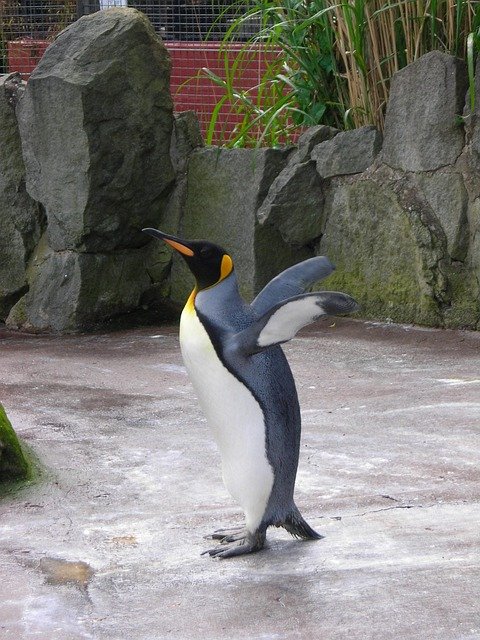
The Social Dynamics of Penguin Colonies: Understanding Their Complex Relationships
Penguins are often celebrated for their charming waddles and striking appearances, but beneath their endearing exterior lies a complex social structure that is crucial for their survival. In this post, we will explore the intricate social dynamics of penguin colonies, shedding light on their relationships, communication methods, and cooperative behaviors.
The Importance of Social Structure
Penguins are highly social animals that thrive in colonies, often consisting of thousands of individuals. This social structure provides numerous benefits, including:
- Protection from Predators: By living in large groups, penguins can reduce the risk of predation. The sheer number of individuals can confuse predators and increase the chances of survival for each penguin.
- Thermal Regulation: In harsh climates, such as the Antarctic, penguins huddle together to conserve warmth. This cooperative behavior is essential for their survival in extreme conditions.
- Resource Sharing: Penguins often engage in cooperative foraging, where groups work together to find food. This increases the efficiency of hunting and ensures that more individuals can access vital resources.
Communication and Social Interactions
Penguins have developed a variety of vocalizations and body language cues to communicate with one another. Some key aspects of their communication include:
- Vocal Calls: Each species of penguin has a unique set of calls that help them identify mates, chicks, and colony members. These calls are especially important during the breeding season when parents must locate their young among hundreds of others.
- Physical Displays: Penguins use body language to convey information about their mood and intentions. For example, a penguin may puff up its chest or bow its head to display dominance or submission.
Hierarchical Structures
Within penguin colonies, there exists a hierarchy that influences social interactions. Dominant individuals often have priority access to resources such as food and nesting sites. This hierarchy can shift based on factors such as age, size, and breeding success.
Breeding and Pair Bonding
Breeding is a pivotal aspect of penguin social dynamics. Many species engage in monogamous pair bonding, often returning to the same mate year after year. Courtship behaviors, such as mutual preening and synchronized swimming, play a significant role in strengthening these bonds.
Challenges to Social Dynamics
Penguin colonies face various challenges that can disrupt their social dynamics, including:
- Climate Change: Altered food availability due to changing ocean temperatures can lead to competition and stress within colonies.
- Human Disturbance: Activities such as fishing, tourism, and pollution can impact penguin habitats, forcing them to adapt their social structures in response to new threats.
Conclusion
Understanding the social dynamics of penguin colonies is essential for their conservation and management. By studying their complex relationships, we can gain insights into their behavior and the ecological factors that influence their survival. As we continue to learn more about these fascinating creatures, it becomes increasingly clear that their social lives are as intricate as they are charming.
Feel free to share your thoughts on penguin social dynamics in the comments below! What aspects of their behavior do you find most intriguing?
